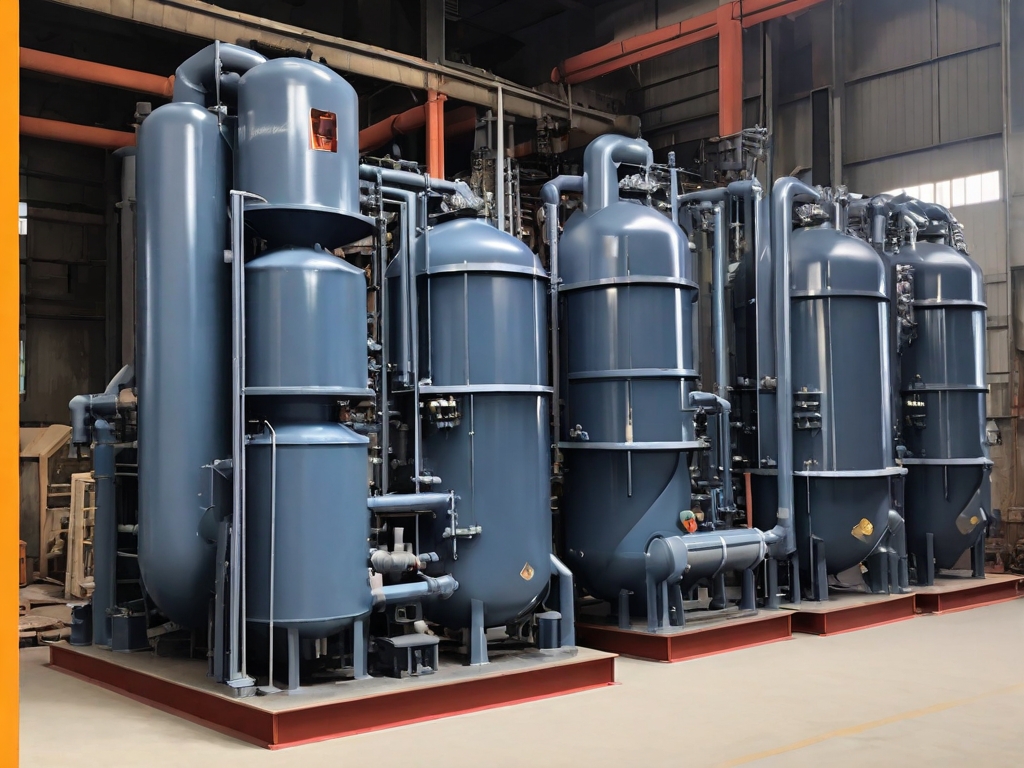As technology continues to evolve, the use of intrinsically safe devices has become increasingly prevalent in industries where hazardous conditions are commonplace. Designers create these devices to prevent ignition of flammable substances, which makes them essential in industries such as oil and gas, mining, and chemical processing. The Intrinsically Safe Store is a leading provider of these critical safety devices, offering a wide range of products that meet international safety standards. In this article, we will delve into the legal requirements for using intrinsically safe devices in different countries.
Understanding Intrinsically Safe Devices
Designers create intrinsically safe devices to limit the available energy, electrical and thermal, for ignition. They prevent sparks or heat that could ignite a flammable or explosive atmosphere. These devices are not just safe; they are ‘intrinsically safe.’ This means they are safe to use in hazardous areas by design, not by added protections or barriers.
Legal Requirements in the United States
In the United States, the Occupational Safety and Health Administration (OSHA) and the National Fire Protection Association (NFPA) set the standards for intrinsically safe devices. The NFPA 70, also known as the National Electric Code (NEC), outlines the requirements for equipment and wiring in potentially hazardous locations. The NEC classifies these locations and defines the types of equipment suitable for each.
Legal Requirements in the European Union
In the European Union, the ATEX directive controls the use of intrinsically safe devices. The set of European legal provisions for equipment intended for use in potentially explosive atmospheres, ATEX, derives from the French title of the 94/9/EC directive. The directive requires equipment to be safe to use in an explosive atmosphere and that the environment is safe for workers.

Legal Requirements in Australia
In Australia, the Australian Standards AS/NZS 60079 series outlines the requirements for equipment in explosive atmospheres. The series includes several parts, each dealing with specific aspects of electrical equipment safety. The standards are based on International Electrotechnical Commission (IEC) standards, ensuring global compliance.
Legal Requirements in Canada
In Canada, the Canadian Standards Association (CSA) sets the standards for intrinsically safe devices. The CSA standard CSA C22.2 NO 213 applies to equipment intended for use in hazardous locations. The standard is harmonized with the U.S. and European standards, ensuring compatibility and safety across borders.
Legal Requirements for Intrinsically Safe Devices
Understanding the legal requirements for using intrinsically safe devices is crucial for industries operating in hazardous environments. These requirements ensure the safety of workers and the environment. The Intrinsically Safe Store is committed to providing devices that meet these stringent standards, ensuring your operations are safe and compliant. For more information on intrinsically safe devices and how they can benefit your business, contact us today.


























